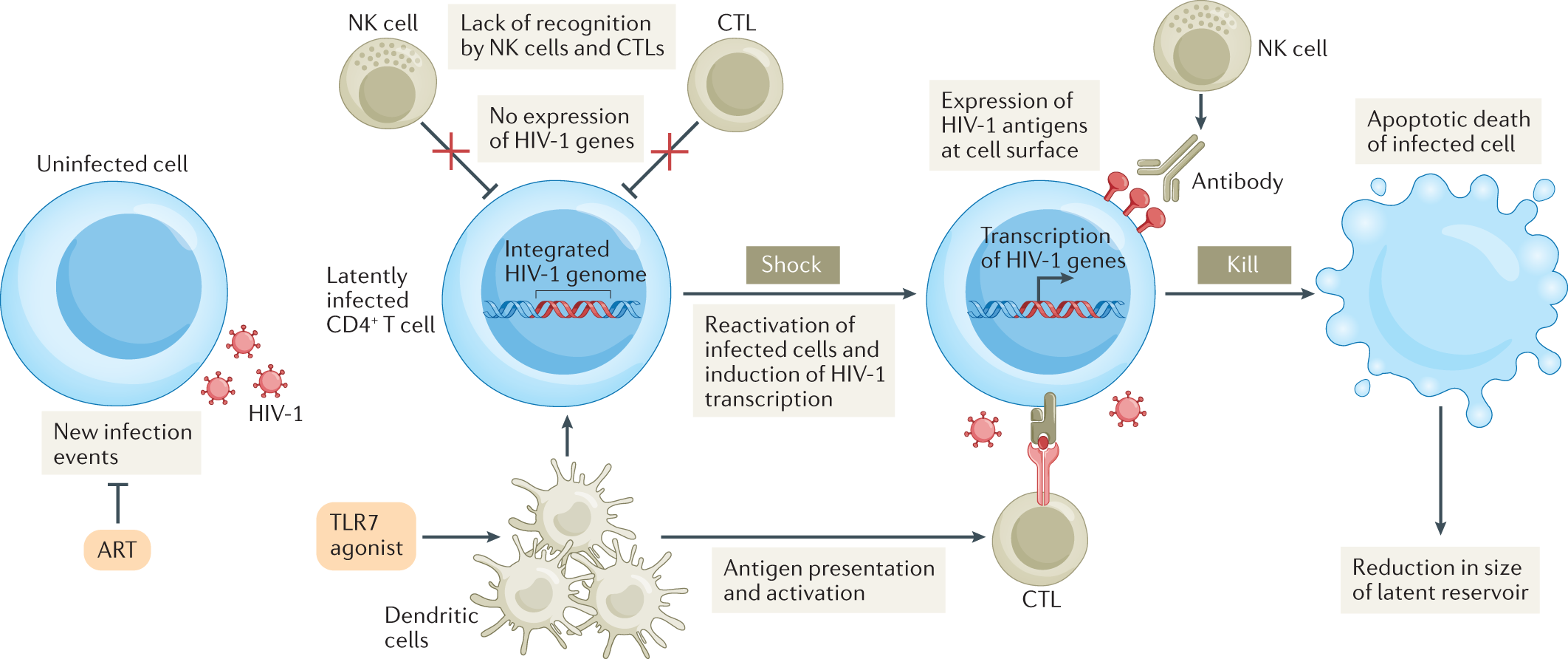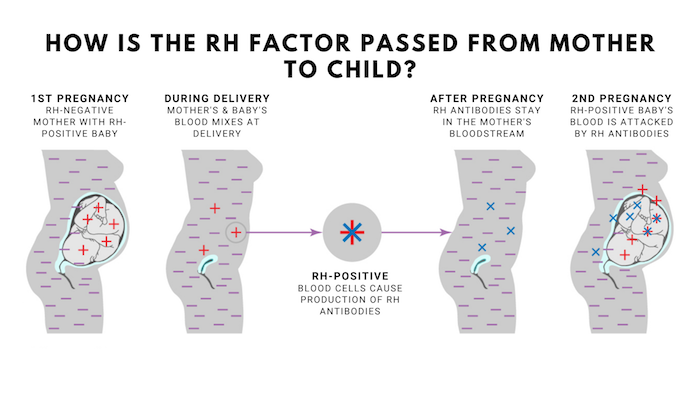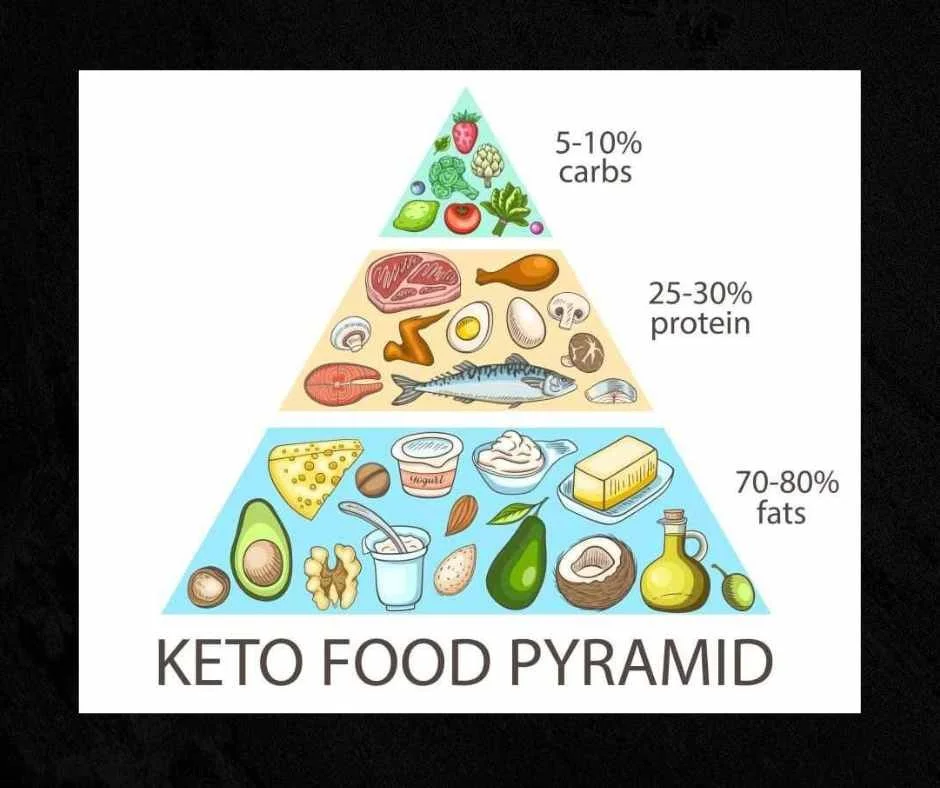Genetic Engineering – The Technological innovation of 21st Century
Genetic engineering currently is no for a longer time a new term for the planet. Each working day in the newspapers, televisions, publications the new inventions of genetic engineering are discovered. Genetic engineering may well be described as the observe that manipulates organism’s genes in get to make a wanted result. Other approaches that tumble below this classification are: recombinant DNA know-how, genetic modification (GM) and gene splicing.
History
The roots of genetic engineering are connected to the historical times. The Bible also throws some light-weight on genetic engineering exactly where selective breeding has been outlined. Modern-day genetic engineering commenced in 1973 when Herbert Boyer and Stanley Cohen utilized enzymes to cut a micro organism plasmid and inserted yet another strand of DNA in the gap established. Both equally bits of DNA have been taken from the exact same sort of germs. This move grew to become the milestone in the heritage of genetic engineering. Recently in 1990, a youthful kid with an incredibly poor immune method been given genetic remedy in which some of her white blood cells have been genetically manipulated and re-released into her bloodstream so that her immune technique may perhaps do the job thoroughly.
Guarantee
Genetic engineers hope that with ample know-how and experimentation, it will be probable in the long term to generate “produced-to-get” organisms. This will direct to new improvements, possibly which include custom bacteria to thoroughly clean up chemical spills, or fruit trees that bear distinct types of fruit in unique seasons. In this way new style of organisms as effectively as crops can be developed.
Treatment
Genetic engineering necessitates three elements: the gene to be transferred, a host cell into which the gene is inserted, and a vector to convey about the transfer. To start with of all, the needed genes to be manipulated have to be ‘isolated’ from the principal DNA helix. Then, the genes are ‘inserted’ into a transfer medium these as the plasmid. 3rd, the transfer medium (i.e., plasmid) is inserted into the organism meant to be modified. Future action is the aspect transformation whereby many diverse procedures together with DNA guns, bacterial transformation, and viral insertion can be made use of to utilize the transfer medium to the new organism. At last, a stage of separation occurs, the place the genetically modified organism (GMO) is isolated from other organisms which have not been successfully modified.
Purposes
Genetic engineering has influenced every subject of daily life irrespective of whether it is agriculture, foodstuff and processing market, other business industries etcetera. we will talk about them a person by one particular.
1. Agriculture Apps
With the help of genetic engineering it would be feasible to get ready clones of genetically manipulated crops and animals of agricultural great importance acquiring fascinating characteristics. This would maximize the nutritive price of plant and animal food. Genetic engineering could guide to the progress of plants that would repair nitrogen straight from the atmosphere, rather than from fertilizers which are high priced. Creation of nitrogen fixing bacteria which can dwell in the roots of crop crops would make fertilization of fields unwanted. Output of this sort of self fertilizing foods crops could provide about a new green revolution. Genetic engineering could generate microorganisms which could be employed for biological control of destructive pathogens, insect pests, etc.
2. Environmental Applications
Genetically modified microorganisms could be applied for degradation of wastes, in sewage, oil spills, etcetera. Scientists of the Normal Electric powered Laboratories of New York have extra plasmids to build strains of Pseudomonas that can crack down a wide range of hydrocarbons and is now applied to very clear oil spills. It can degrade 60% of the crude oil, while the four moms and dads from which it was derived crack down only a handful of compounds.
3. Industrial Programs
The industrial purposes of recombinant DNA technologies involve the synthesis of substances of industrial great importance in sector and pharmacy, enhancement of existing fermentation procedures, and the output of proteins from wastes.
4. Medicinal Programs
Among the the medical purposes of genetic engineering are the generation of hormones, vaccines, interferon enzymes, antibodies, antibiotics and vitamins, and in gene therapy for some hereditary health conditions.
Hormones
The hormone insulin is now produced commercially by extraction from the pancreas of cows and pigs. About 5% of the individuals, however, undergo from allergic reactions to animal-developed insulin mainly because of its slight variance in construction from human insulin. Human insulin genes have been implanted in bacteria which, hence, grow to be capable of synthesizing insulin. Bacterial insulin is similar to human insulin, since it is coded by human genes.
Vaccines
Injecting an animal with an inactivated virus stimulates it into creating antibodies against viral proteins. These antibodies shield the animal in opposition to an infection by the identical virus by binding to the virus. Phagocytic cells then eliminate the virus. Vaccines are produced by growing the sickness-manufacturing organism in substantial quantities. This system is typically dangerous or difficult. Additionally, there are problems in creating the vaccine harmless.
Interferon
Interferons are virus induced proteins manufactured by cells infected with viruses. They seem to be the body’s initially line of defence against viruses. The interferon reaction is substantially a lot quicker than the antibody reaction. Interferons are anti-viral in motion. A person sort of interferon can act. From numerous different viruses, i.e. it is not virus certain. It is, nevertheless, species distinct. Interferon from just one organism does not give protection from viruses to cells of yet another organism. Interferon provides all-natural defence versus such viral illnesses as hepatitis and influenza. It also appears to be efficient from specified varieties of cancer, especially most cancers of the breast and lymph nodes. Organic interferon is gathered from human blood cells and other tissues. It is generated in pretty small quantities.
Enzymes
The enzyme urokinase, which is utilised to dissolve blood clots, has been made by genetically engineered microorganisms.
Antibodies
1 of the aims of genetic engineering is the manufacturing of hybridomas. These are lengthy lived cells that can create antibodies for use in opposition to disorder.
5. Gene treatment for dealing with hereditary health conditions
The earlier gene transplantation experiments had been involved with trans¬planting genes in vitro into isolated cells or into germs. Gene transplantation experiments have now been extended to living animals.
6. In Being familiar with of Organic Processes
Genetic engineering strategies have been used for acquiring standard awareness about – organic processes like gene framework and expression, chromosome mapping, cell differentiation and the integration of viral genomes. This could lead to a superior under¬standing of the genetics of vegetation and animals, and eventually of human beings.
7. Human Applications
1 of the most thrilling possible purposes of genetic engineering entails the procedure of genetic problems. Professional medical scientists now know of about 3,000 issues that occur for the reason that of faults in an individual’s DNA. Disorders these kinds of as sickle-mobile anemia, Tay-Sachs condition, Duchenne muscular dystrophy, Huntington’s chorea, cystic fibrosis, and Lesch-Nyhan syndrome are the consequence of the decline, mistaken insertion, or improve of a single nitrogen foundation in a DNA molecule. Genetic engineering would make it possible for experts to offer folks who deficiency a specified gene with appropriate copies of that gene. The proposal for human cloning are however waiting to come on ground. Genetic engineering has benefited the partners who are infertile.
Secure guards of genetic engineering
The general safeguards for recombinant DNA investigation are outlined beneath:
1. Genes coding for the synthesis of toxic compounds or antibiotics should really not be launched into germs with out correct safety measures
2. Genes of animals, animal viruses or tumour viruses ought to also not be launched into bacteria without having right safeguards.
3. Laboratory facilities should really be geared up to minimize the’ possibility’ of escape of pathogenic microorganism by employing microbial basic safety cabinets, hoods, negative stress laboratories, specific traps on drains strains and vacuum lines.
4. Use of microorganisms occupying particular ecological niches such as scorching springs and salt water should really be stimulate If such organisms escape they will not be capable to endure.
5. Use of non-conjugative plasmids as plasmid cloning vectors is proposed as these kinds of plasmids are unable, to, promote their individual transfer by conjugation.
Risks of genetic engineering
Recombinant DNA analysis entails probable hazards. Genetic engineering could create perilous new types of life, possibly accidentally or intentionally. A host microorganism could acquire hazardous properties as a consequence of insertion of international genes. If ailment-carrying microorganisms fashioned as a final result of genetic manipulation escaped from laboratories, they could cause a wide range of illnesses. For case in point, Streptococcus, a bacterium causing rheumatic fever, scarlet fever, strep throat and kidney disease, by no means obtained penicillin resistance in character. If a plasmid carrying a gene for penicillin resistance is introduced into Streptococcus it would confer penicillin resistance on the bacterium. Penicillin would now grow to be ineffective towards the resistant organism.






